For any businesses, Q4 is all about the holiday season. And no surprise. After all, November and December often attract the highest traffic of the year and generate a significant portion of annual revenue. And in the coming weeks, many companies will instill a code freeze during which you won’t be able to introduce any changes to your website.
So, before that happens, here are four quick technical SEO tips that could help make a difference to your search visibility in Q4 and beyond.
Intrigued? Then let’s get started.
#1. Run Final Page Speed Audit
It’s no secret that page speed is becoming one of the most important ranking factors.
And Google regularly remind us about its significance in the upcoming mobile-first index.
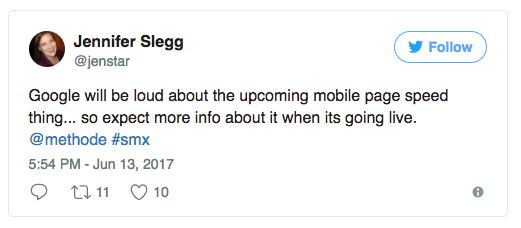
We also know that the search engine is reworking how they’ll measure page speed on mobile devices.
As Barry Schwartz reported:
“Google's Gary Illyes said they are reworking the algorithm to look at mobile page speed, because mobile page speed is what is important. “
And so, it goes without saying - your site’s page speed will affect rankings.
Significantly.

To avoid any unpleasant surprises along the way, run the very final page speed audit before the holiday season.
Tools like seoClarity’s Page Speed tool help you identify remaining factors that affect your page load time.
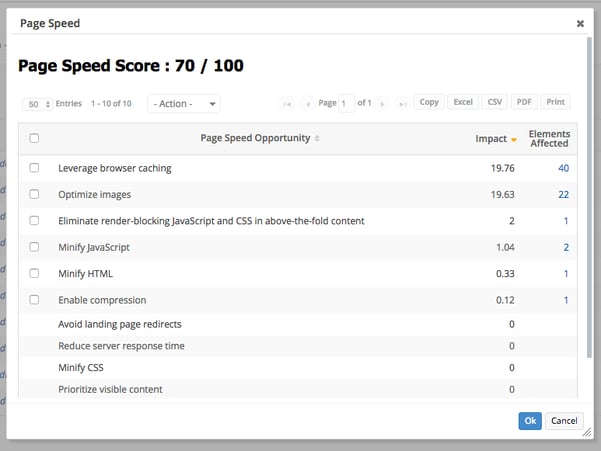
In the report, pay attention to elements you can change fast or without having to modify the page’s code. For example:
- Compressing JavaScript
- Activate browser caching
- Reduce image size, if possible.
#2. Reorganize Internal Linking
Fact: Interlinking helps your SEO on many levels. For one, linking pages together helps pass domain authority to less authoritative pages.
They also help direct crawl bots to relevant content and ensure it gets indexed. Moreover, interlinking helps to keep users engaged on your site by providing them with additional information they could peruse.
The thing is, it’s easy to forget about updating interlinks, or sending more authority to new content.
So, inspect your site structure and traffic, identifying where interlinking could help add authority to new content.
And let’s be honest, this exercise is particularly important right now, on the verge of the holiday season.
After all, you may have created many additional landing pages or category pages that most likely need some additional authority. You may have updated the existing ones too, and try to push them in search results.
Tips for improving your interlinking:
Start by interlinking pages at the top of the site’s architecture
I admit that it is tempting to link to individual pages. But at the same time, doing so might waste precious domain authority you could distribute across the site. Instead target category pages, top landing pages or other top-tier content. This way, you’ll pass link juice not only to them but also to any other pages below them in the site’s hierarchy.
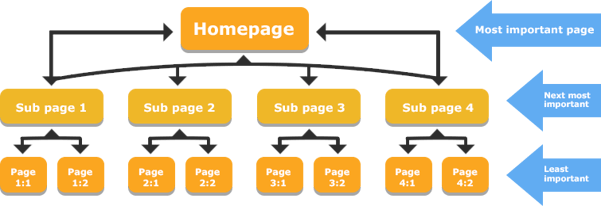
Interlink category pages
Fact: Interlinking category pages offers an incredible opportunity to boost the authority of product pages that stem from them. How, by passing more link juice to individual products in those categories.
Link to products from the blog
If you’ve been publishing content on your store’s blog for a while, then that section of the site has acquired quite an authority you could use to your advantage. Update top performing blog posts to link to relevant products to strengthen their authority.
#3. Fix Crawl Errors
404 and broken links would certainly stop bots in their tracks. So will a robots.txt file that blocks their access to entire sections on the site. And needless to say, you can’t expect bots to follow long redirect chains. But here’s the catch, you may not even realize that some of those issues exist on your site.
(And that’s even if you conduct regular site audits).
Take Hubspot, for example. The site boasts massive traffic, and for many, has become a model for online marketing today. And yet, incorrect server response errors caused the site to waste potential crawl budget, and miss out on search visibility opportunities.
As Matthew Barby writes on the site:
“Unfortunately our 404 page wasn't actually resolving a 404 server response. Instead, it resolved a 200 response. In other words, it said to Google, "Hey, I'm a real page so come and crawl and index me! This was an enormous problem because Google was wasting a ton of its time crawling and indexing non-existent content on our site.”
And needless to say, your site could experience similar issues. You and other members of the team add, delete, modify, and move pages around. Developers edit the code too. And in many instances, a simple human error might cause serious crawl issues.
Solution? Run a final and thorough site audit, and pay particular attention to factors that might obstruct bots when they try to index your new content.
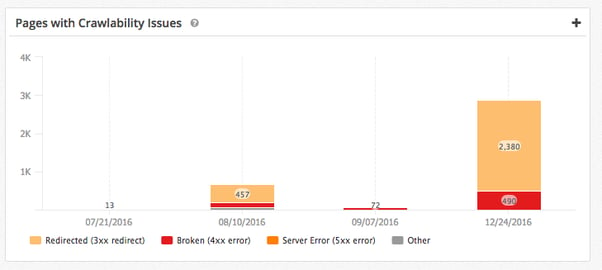
TIP: You can use tools like seoClarity Clarity Audits to help you analyze your site and find potential crawlability issues that could impact indexing.
#4. Clean Up the Sitemap
Look, this goes without saying:
Sitemaps help crawl bots navigate, and in turn, index your site.
And I’m sure you’ve already created one for that very purpose. It’s just that… sitemaps can get messy in time. Particularly on enterprise sites, with thousands of pages, and countless updates.
Just think about it:
- How many new pages do you create regularly?
- And how many you delete, move around or modify?
My guess, a lot. And needless to say, many of those changes mightn’t get reflected in the sitemap. As a result, it might contain links pointing to 404 pages, or sending bots somewhere else in the architecture.
Solution: Rectify issues you identified in the site audit report in the sitemap as well.
Conclusion
True, typically, Q4 isn’t a time when you want to make significant changes to the site. That said, it doesn’t mean that you can’t improve it to boost visibility in the coming months. And hopefully, after reading this post, you know exactly what to do.




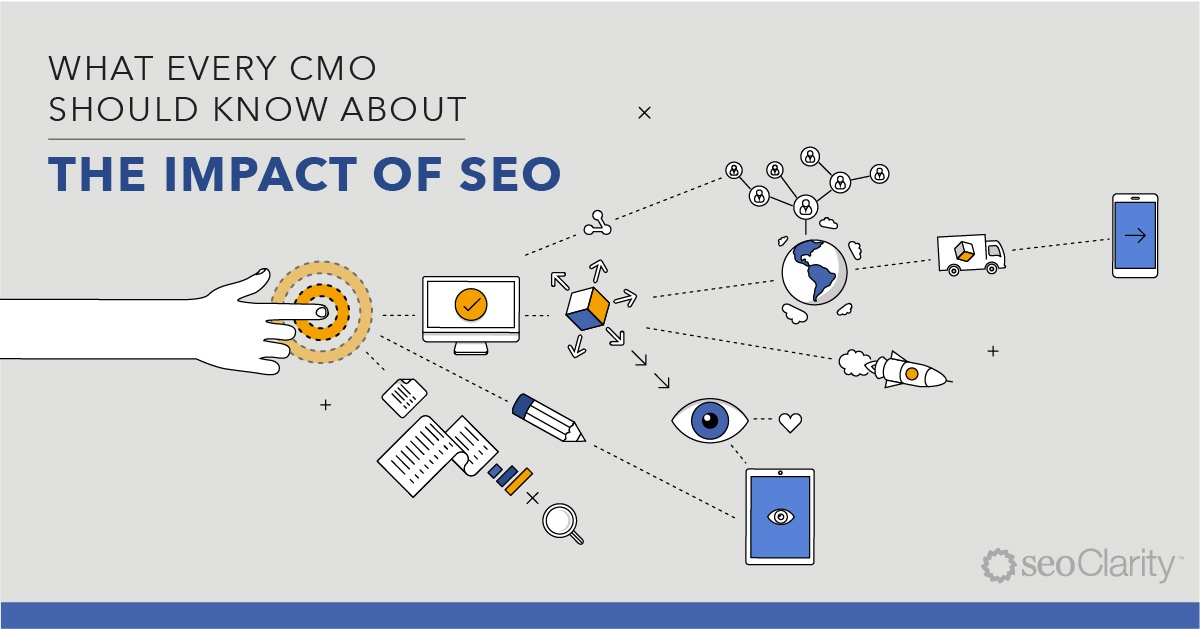

Comments
Currently, there are no comments. Be the first to post one!